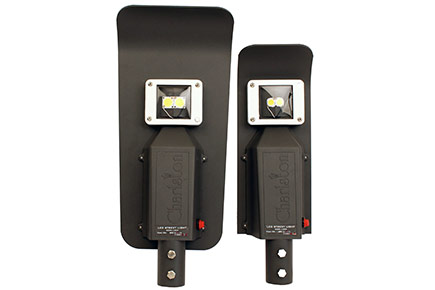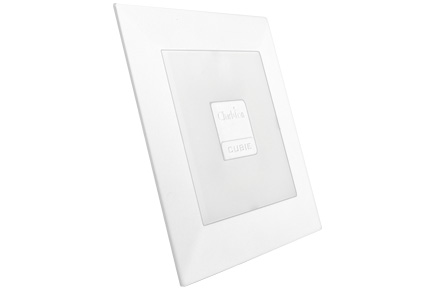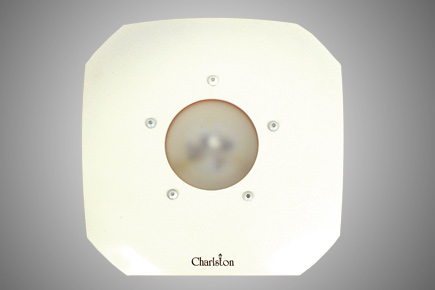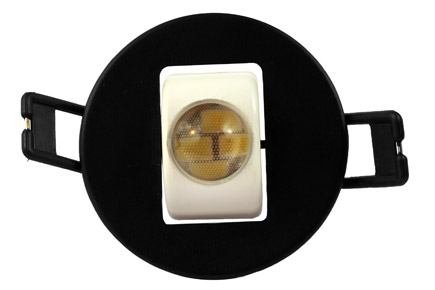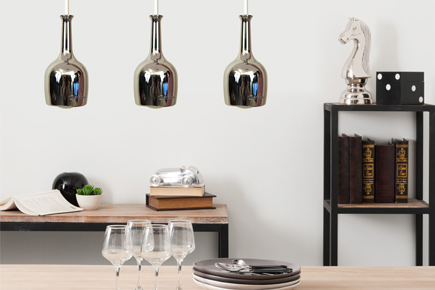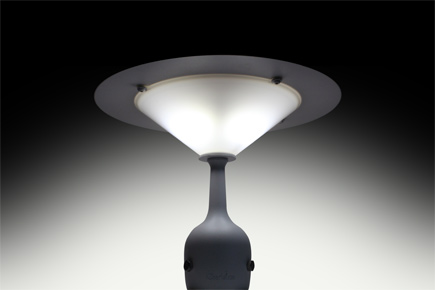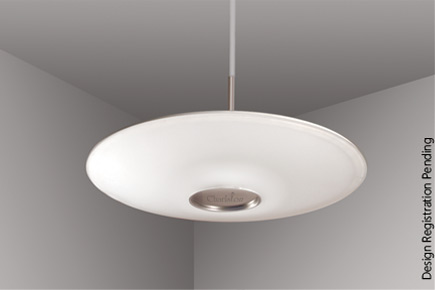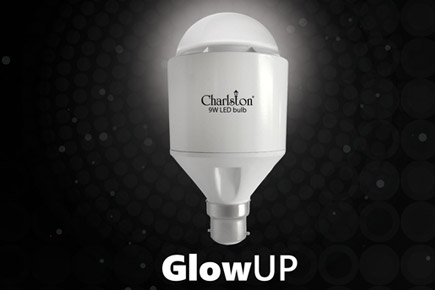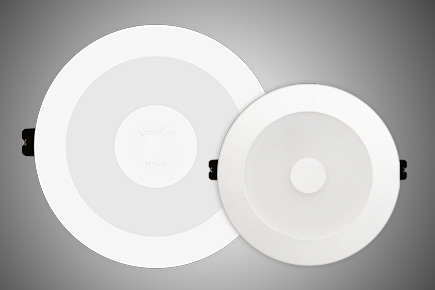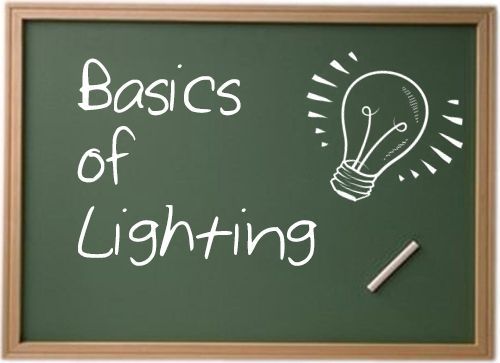 It is necessary to understand some basics of lighting, if you are interior or architect professional. If you are designing your own space without professional skills, this would be helpful. There is a separate field of lighting engineering for this, but they are not affordable in small projects.
It is necessary to understand some basics of lighting, if you are interior or architect professional. If you are designing your own space without professional skills, this would be helpful. There is a separate field of lighting engineering for this, but they are not affordable in small projects.
Let’s start with some hard words used in packaging of lighting products.
Lumens: Lumens is the unit of light, which means the amount of light. If any bulb has label of 100 lumens/watt, that means, light output would be 100 x total watt of that bulb. It is not all the usable light, because some are wasted in other directions, reflected and diffused.
Lux: Lux is unit for measuring lumens per square meter. It is called Illuminance. It can be measured by simple and cheap device. This is the usable light on wall or floor.
CCT/ Color temperature: It is the shade of the light. There are three range of color temperature.
- Warm white(2,700–3,000 K) : It is yellow and towards red shade of white. It can be used in restaurants, hotels, living room and function hall.
- Neutral white(4000K+) : It is around perfect day light of mid noon. It can be used in office, schools, study room, exhibition, gallery etc.
- Cool white(6000K+) : It is little blue in the white shade. It can be used in large open space. Street lights, flood light, parking light and many such places.
CRI(Color rendering Index): This determines the quality of light source. The mixture of red, green and blue color makes perfect light. Any defect will result in to poor quality of color rendering. You can’t see all the colors in lower rendering light. Generally RA>80% is considered as good CRI.
How to use Lights
There are two types of lights are used. One of them is for reading, working, inspection and such function, we call them functional lights.
1. Functional Lights:
This light should be enough to full fill intended function. Color temperature and CRI is also important in this lighting. Here are some examples of lux requirements at various places.
Kitchen requires 250 to 500 lux, while show room or shop requires 500-1000 lux. If you can’t measure lux, you can calculate approximate lux using some math.
Let’s take an example of one shop which is 200 Sq.feet(18.58 Sq.mt). To provide 1000 lux you have to calculate lumens.
Lumens =Lux X Sq.mt
Lumens = 1000 X 18.58 = 18580.
Now you can estimate the number of lights. If you take 20W(2000 lumens) Light, you have to install 9 pieces of light to make enough illumination. If you take 10W(1000 lumens), It will be 18 Lights.
Here are list of all the possible places with minimum and recommended light levels.
http://www.pilux-danpex.gr/downloads/Required_Light_LevelsEN.pdf
Outdoor Lights don’t follow such level unless it is government project. Some places use 20W street lights and some use 50W street lights. Some project install pole at 50 feet distance some at 100 feet distance.
Lamp post and others are also installed as per customer preference.
2. Decorative Lights
Decorative lights don’t require any calculation. It is about art and creativity of interior designer. Although they contribute little in illumination, some designers use them for functional purpose also. Decorative lights are generally warm white and low in power. They are focused on false ceiling, wall texture, photo frame, art piece and others.
Decorative lights also include multicolor lights, animation and disco lights. Recently SMD led flexible strips are more popular as decorative lights. It comes in many colors and animation.
Other Tips
- Light colors of wall will require less light than dark colors.
- If ceiling height is more than 10 feet, You have to add more lights than calculation.
- Spot lights should be used only for decorative lights or to highlight special area.
- False ceiling should be made at least 6” below RCC ceiling, As LED lights requires heat dissipation in the ceiling.
- Height of the streetlight pole should be less than 1/3 of the distance between two pole.
